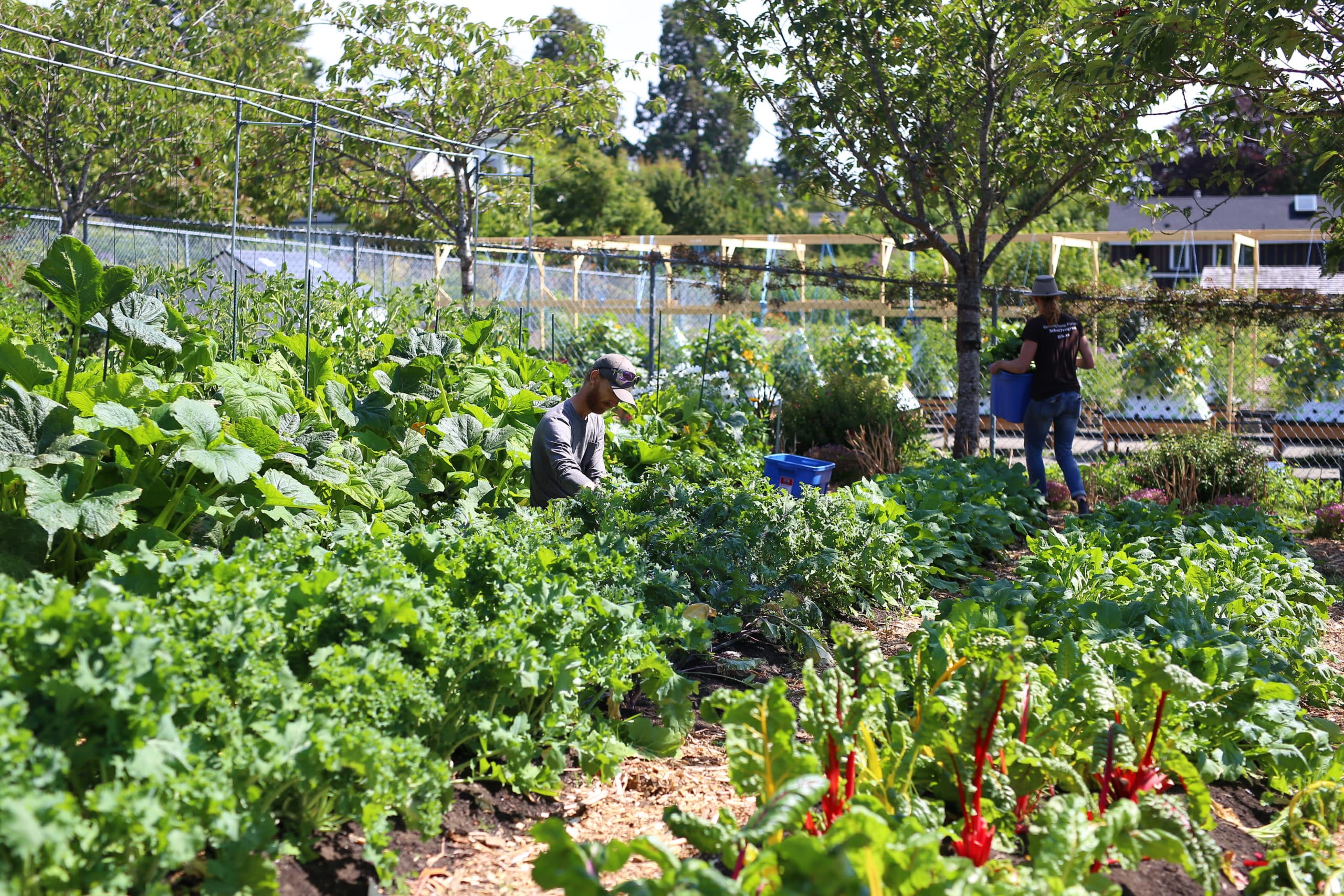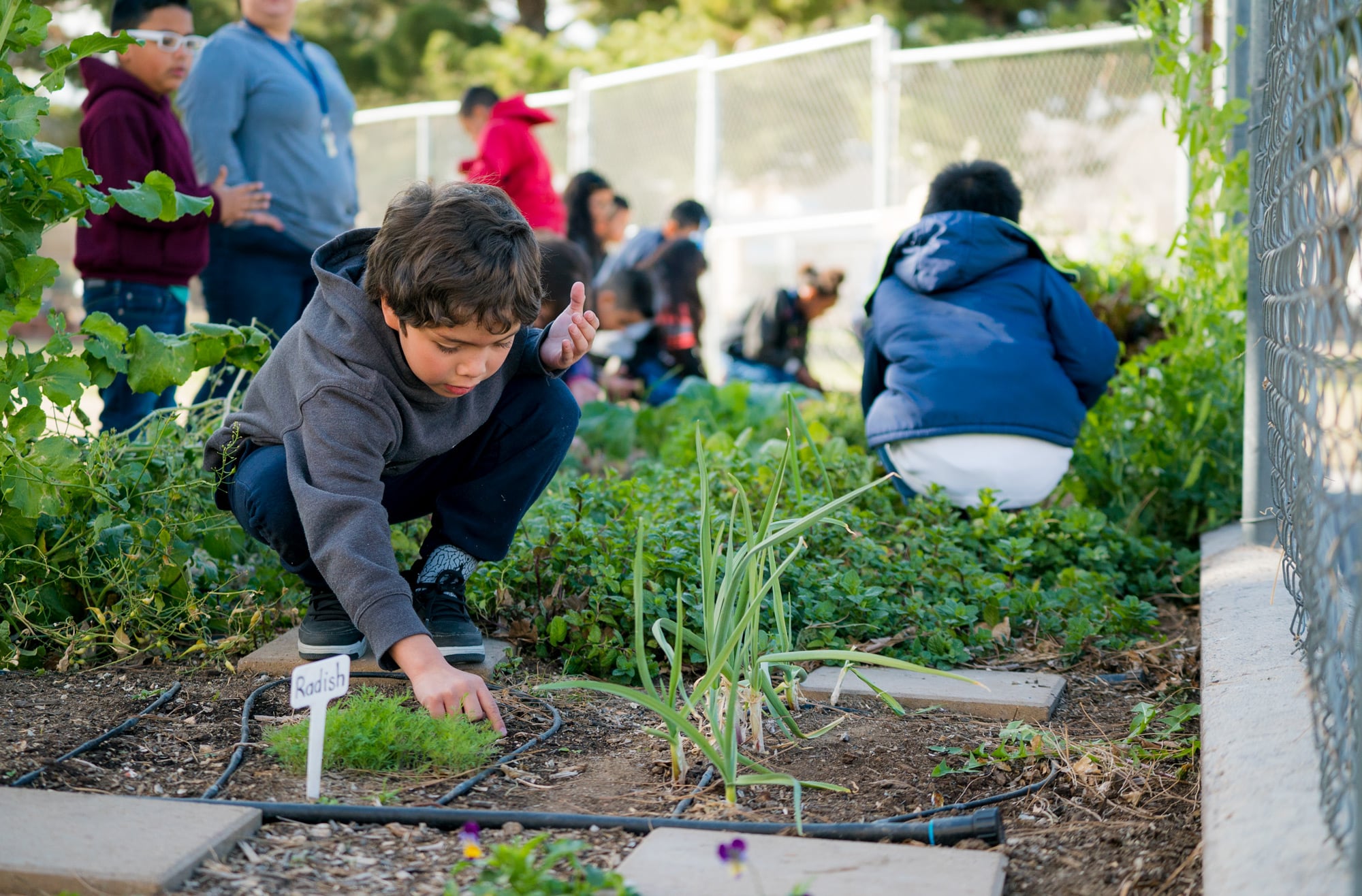In urban areas, where low-cost housing is ever more costly, Section 8 housing is a lifeline for poor families. But it frequently entails smaller living areas, less outdoor space, and less proximity to green areas.
While significant, these obstacles are being overcome by a growing number of community gardening initiatives that are transforming Section 8 housing developments into lush, green oases that benefit residents in numerous ways.
In this piece, we’ll explore how community gardening programs in Section 8 housing can foster a sense of community, improve residents’ quality of life, and even provide practical solutions to issues like food insecurity and mental health.
The Social and Community Benefits of Gardening
Community gardens present an opportunity for residents to meet, share, and strive together for the same goal. Section 8 tenants have the option of uniting with their fellow neighbors through gardens, especially where communities may be divided otherwise due to socioeconomic circumstances.
Garden projects are available where residents from any background can contribute and work toward building relationships based on familiarity that create a shared sense of identity.
Gardening isn’t just about growing plants; it’s about creating better living environments, building relationships, and improving the overall well-being of families living in affordable housing. Community gardening fosters mutual support, with neighbors working on a shared space and taking pride in what they do. It also accommodates cultural exchange, as people share tips on gardening and preparing food, and become closer with one another.
Fighting Food Insecurity Through Gardening

Food insecurity remains an endemic problem for the majority of families living in Section 8 housing. While initiatives like SNAP (Supplemental Nutrition Assistance Program) bring some respite, they are not always sufficient to meet the expenses of families adapting to the condition. Gardening is a very efficient and durable solution to the problem.
When families grow vegetables, herbs, and fruits like avocados, they can supplement their food stockpiles and reduce their dependence on supermarkets. This not only helps in the alleviation of food insecurity but also encourages healthy eating habits through the availability of fresh, nutrient-rich produce.
Growing common household crops such as tomatoes, carrots, lettuce, and herbs is a cheap way to support a family. Avocados, though requiring more patience to cultivate, are a particularly valuable addition to a home garden. They are packed with healthy fats, fiber, and essential vitamins like potassium and folate, making them a powerhouse food for heart health and brain function.
Families, in some cases, are even able to grow enough to share with neighbors, further bringing a sense of community to the residential complex. Gardening also offers a source of organic, pesticide-free fruits and vegetables, which is an added benefit to health-conscious families who wish to avoid the chemicals found in commercial mass-produced equivalents.
Gardening as a Tool for Improving Physical and Mental Health
Beyond food security, gardening has significant physical and mental health benefits. Gardening is a low-impact, moderate-intensity exercise that can improve physical health by promoting movement, enhancing mobility, and reducing the risk of chronic conditions such as heart disease, obesity, and diabetes.
For families, particularly those living in high-stress environments, gardening provides a peaceful outdoor activity that promotes both physical activity and mental well-being.
The therapeutic effects of gardening are well-documented. Simply tending to plants, being outdoors, and nurturing something can reduce stress, anxiety, and depression. It’s a calming, restorative activity that fosters mindfulness and a sense of accomplishment.
For many residents in Section 8 housing, the garden becomes a sanctuary—a space for personal reflection and connection to nature, offering a welcome break from the pressures of daily life.
Teaching Sustainability and Valuable Life Skills

Gardening also serves as an educational tool, especially for children. For young people growing up in Section 8 housing, the community garden offers an opportunity to develop responsibility, patience, and a work ethic. These skills are transferable to many aspects of life and can have a lasting impact on their development.
In addition to soft skills, gardening teaches practical sustainability concepts. Children and adults alike can learn about composting, water conservation, and the importance of native plants. These lessons not only benefit the immediate environment but also promote long-term, sustainable living. Community gardens encourage residents to think about the world around them and understand the impact their actions have on the planet.
Furthermore, gardening can help develop a deeper appreciation for local food systems. As residents grow their own food, they gain a stronger connection to the process of food production and a greater appreciation for what goes into it.
Creating Safe, Engaging Spaces for Children
Many Section 8 housing complexes face a lack of recreational spaces for children. Community gardens address this by providing a safe and engaging environment for kids to explore and learn. Rather than spending time in parking lots or on sidewalks, children can immerse themselves in the natural world, learning about plants, insects, and the environment.
Gardening provides a space where kids can engage in hands-on learning and creative play, all while fostering a sense of responsibility as they care for the plants they help grow.
Additionally, gardens can serve as informal classrooms, where children gain real-world knowledge about biology, ecology, and sustainability. These experiences can enrich their understanding of nature, fostering a sense of wonder and curiosity about the world around them.
Starting a Community Garden: Practical Steps
Creating a community garden in Section 8 housing may seem like a daunting task, but it is entirely achievable with the right planning and resources. The first step is to engage with the housing authority that oversees the property. They may be able to provide funding, access to land, or logistical support. It’s important to secure their backing before moving forward with the project.
Next, identify an appropriate outdoor space within the housing complex. Consider factors like sunlight, water availability, and the size of the area. Even a small space can be turned into a thriving garden, especially with container gardening or vertical planting techniques.
Once a space is identified, gather interested residents and form a garden committee. The committee can help with planning, organizing, and maintaining the garden. It’s essential to ensure that everyone has a role and that the project is inclusive, so that the whole community feels invested in its success.
Seeking funding is another key step. Many community gardens receive support from local grants, non-profit organizations, or partnerships with local businesses. Some gardening programs also benefit from donations of seeds, tools, and materials from community members and local nurseries.
Start small, especially if this is the first gardening project in the complex. Begin with a manageable area and gradually expand as the garden becomes more established. Encourage residents to take part in planting, maintaining, and harvesting. The more people are involved, the more rewarding the experience will be.
The Lasting Impact of Community Gardens in Section 8 Housing
Community gardens are a transformative tool for improving the quality of life in Section 8 housing. They provide residents with access to fresh, affordable food, promote physical and mental well-being, and foster a sense of community.
Gardening initiatives can teach valuable life skills, encourage sustainability, and create safe, engaging spaces for children. When done right, these gardens not only improve the immediate environment but also help build stronger, more resilient communities. With the right support, any Section 8 housing complex can benefit from the simple yet powerful act of planting a garden.

